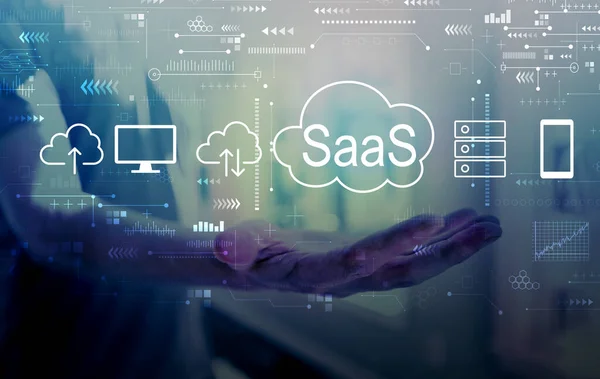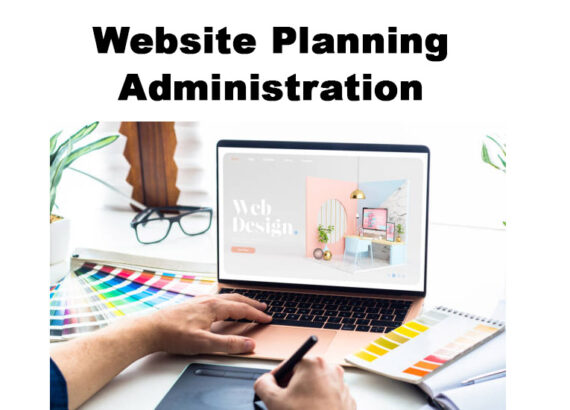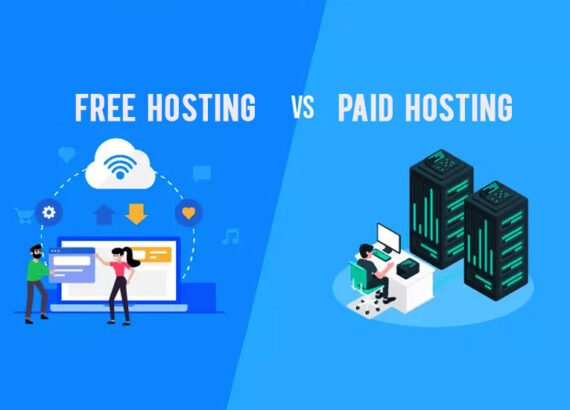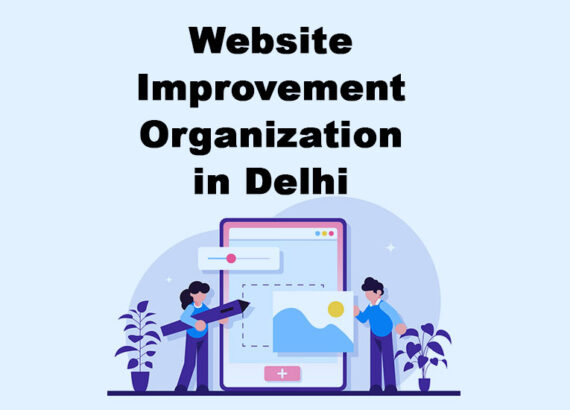Learn How to Build a SaaS from Scratch in 8 Simplified Steps
Software as a Service (SaaS) has revolutionized the way businesses deliver and consume software applications. With its numerous benefits, such as cost-effectiveness, scalability, and ease of use, building a SaaS product from scratch has become an enticing prospect for many entrepreneurs and developers. In this article, we will guide you through eight simplified steps to help you learn how to build a SaaS from the ground up. From identifying the problem and defining the solution to marketing and user acquisition, this comprehensive guide will provide you with the essential knowledge and insights to embark on your SaaS journey. So let’s dive in and explore the process of creating a successful SaaS product. Gain valuable insights and expert tips to navigate the challenges and maximize your chances of building a thriving SaaS business.
1. Introduction to SaaS (Software as a Service)
Understanding the concept of SaaS
So, you’ve probably heard the term SaaS thrown around a lot in recent years, but what exactly does it mean? Well, SaaS stands for Software as a Service, which basically means that instead of downloading and installing software on your computer, you access and use it online. It’s like streaming your favorite TV show rather than owning a physical copy of it.
Advantages and benefits of building a SaaS
Now, why would you want to build a SaaS instead of a traditional software application? There are quite a few advantages, my friend! For starters, SaaS eliminates the need for users to handle updates and maintenance themselves. It’s all taken care of by the provider. Plus, the subscription-based model allows for recurring revenue and a stable cash flow. Not too shabby, right?
2. Step 1: Identifying the Problem and Defining the Solution
Conducting market research and identifying pain points
Before you dive headfirst into building your SaaS empire, you need to do some detective work. What are their biggest challenges and frustrations in their daily lives or work? Find those pain points, and you’ve got yourself a golden opportunity.
Defining target audience and user personas
Once you’ve uncovered those pain points, it’s time to define your target audience and create user personas. Think of user personas as fictional characters that represent different segments of your target audience. This will help you understand their needs, motivations, and behaviors, ensuring that your SaaS solution hits the mark.
3. Step 2: Designing the Architecture and Infrastructure
Choosing the right technology stack
Now, let’s talk about the tech stuff! Choosing the right technology stack is essential for building a successful SaaS. Consider factors like scalability, security, and compatibility. Do your research, test out different options, and find the perfect combination of programming languages, frameworks, and tools that will make your SaaS shine.
Designing the data model and database structure
Ah, the beauty of well-organized data! Designing the data model and database structure is like creating the blueprint for your SaaS. Think about how your data will be stored, organized, and accessed. Plan ahead for future growth, make it efficient, and don’t forget to add a sprinkle of scalability. Your users will thank you.

4. Step 3: Building the Minimum Viable Product (MVP)
Breaking down features into user stories
It’s time to roll up your sleeves and start building your Minimum Viable Product (MVP). Break down your features into user stories, which are bite-sized descriptions of how a user will interact with your SaaS. This will help you prioritize what to build first and ensure that you’re addressing your users’ needs from the get-go.
Developing the core functionality of the SaaS
Now comes the exciting part – developing the core functionality of your SaaS. Focusing on your MVP, build the essential features that will make your target audience go, “Wow, this is exactly what I’ve been looking for!” Keep it simple, functional, and user-friendly. Remember, Rome wasn’t built in a day, but your SaaS can be!
5. Step 4: Implementing Key Features and Functionality
Adding user authentication and access control
When building a SaaS from scratch, it’s crucial to prioritize user authentication and access control. No one wants their sensitive data compromised, right? Implementing features like user registration, login, and password management will ensure that only authorized users can access your SaaS platform. You can use popular authentication protocols like OAuth or build your own custom authentication system. Just make sure it’s secure and user-friendly.
Integrating third-party APIs and services
To enhance the functionality of your SaaS, integrating third-party APIs and services can work wonders. Whether it’s integrating payment gateways, email services, or even social media platforms, this step allows you to leverage existing technologies and save development time. Just make sure to choose reliable APIs and services that align with your SaaS’s requirements and provide seamless integration.

6. Step 5: Testing, Bug Fixing, and Quality Assurance
No matter how incredible your coding skills are, bugs have an uncanny ability to sneak into your code. That’s why testing and quality assurance are essential. Create comprehensive test cases that cover different scenarios and user interactions. Perform both manual and automated testing to ensure everything works as expected. Catching and fixing bugs early will save you headaches down the road.
Identifying and fixing bugs and performance issues
Testing often reveals pesky bugs and performance bottlenecks. When you find them, don’t panic! Take a deep breath and fix them. Dive into the code, identify the root causes, and apply the necessary fixes. Improving your SaaS’s performance will contribute to a smoother user experience and increase customer satisfaction. Remember, bugs are like uninvited guests at a party – kick them out!
7. Step 6: Deploying and Scaling the SaaS Solution
Selecting a hosting provider and deploying the application
Now that your SaaS is ready to be launched, it’s time to find a cozy home for it on the internet. Select a hosting provider that meets your scalability, security, and cost requirements. Deploy your application on their servers, configure the necessary infrastructure, and make it accessible to the world. Your SaaS deserves a reliable and secure hosting environment.
Implementing scalability measures for increased user load
As your SaaS gains popularity, you’ll attract more users. To handle the surge in traffic gracefully, it’s essential to implement scalability measures. This can involve techniques like load balancing, horizontal scaling, and caching. Scalability ensures that your SaaS can handle increased user load without crashing or slowing down. Let your SaaS be like a superhero, ready to handle any number of users thrown its way!
8. Step 7: Marketing, User Acquisition, and Growth Strategies
Developing a marketing plan and branding the SaaS
Building an exceptional SaaS is one thing, but getting people to notice it is another challenge. Develop a solid marketing plan to spread the word about your SaaS. Define your target audience, craft compelling messaging, and create a strong brand identity. Let your SaaS shine like a disco ball in a crowded room!
Utilizing digital marketing channels for user acquisition
To attract users, you need to be where they are – online! Utilize the power of digital marketing channels to reach your target audience. Whether it’s through social media advertising, content marketing, or search engine optimization, make your SaaS visible and irresistible. Show the world why your SaaS is the bee’s knees and watch as users flock to experience its awesomeness.In conclusion, building a SaaS from scratch may seem like a daunting task, but with the right approach and step-by-step guidance, it can be an achievable goal. By following the eight simplified steps outlined in this article, you can lay a solid foundation for your SaaS product and set yourself up for success. Remember to stay focused, adapt to market needs, and continuously iterate and improve your offering. With dedication, perseverance, and a user-centric mindset, you can turn your SaaS idea into a thriving business. Good luck on your SaaS journey!

FAQ
1. Is it necessary to have prior programming experience to build a SaaS from scratch?
No, while having programming experience can be beneficial, it is not an absolute requirement. There are various tools, frameworks, and resources available that can help beginners learn to code and build a SaaS product. However, having a basic understanding of programming concepts and logic will certainly be advantageous in the process.
2. How much time does it typically take to build a SaaS from scratch?
The time required to build a SaaS product can vary significantly based on the complexity of the project, the size of the development team, and the resources available. On average, it can take several months to a year or more to develop a fully functional and scalable SaaS solution. It’s important to set realistic expectations and understand that building a successful SaaS product is a long-term endeavor.
3. How can I ensure the security of my SaaS product and user data?
Security is a critical aspect of any SaaS product. To ensure the security of your SaaS solution and user data, it is important to follow best practices such as implementing secure coding practices, using encryption for sensitive data, regularly updating and patching software, and conducting regular security audits. Additionally, working with experienced security professionals and staying updated on the latest security threats can help you mitigate potential risks.
Thank you for reading 🙂
If you want to build your website in an affordable price contact: www.nextr.in
Read this: How To Become A Software Engineer/Developer In 2023


















